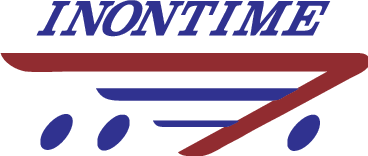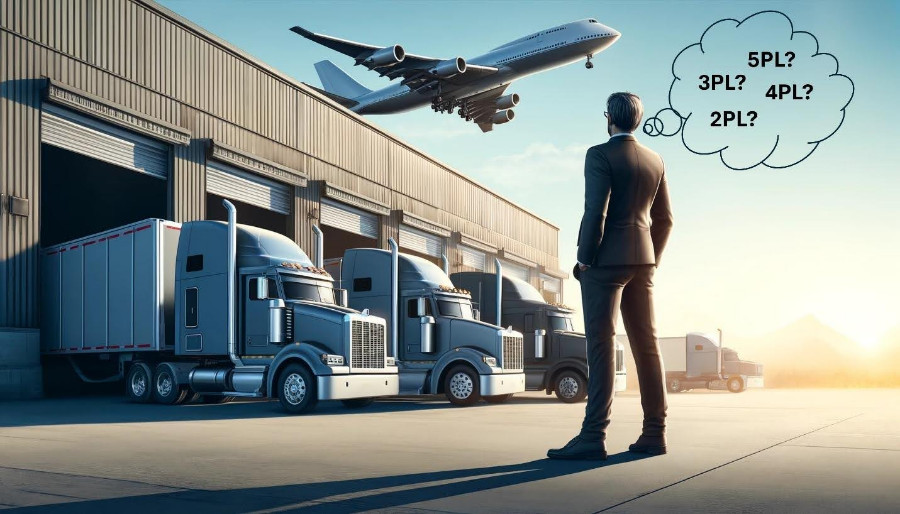In today’s competitive business environment, efficient logistics management and Understanding 2PL, 3PL, 4PL, and 5PL Logistics Solutions is crucial for success. Companies often seek external expertise to streamline their supply chain operations. This need has given rise to various logistics models, each offering unique benefits. Here, we’ll explore the different levels of logistics partnerships: 2PL, 3PL, 4PL, and 5PL.
What is 2PL (Second-Party Logistics)?
Second-party logistics (2PL) providers are traditional carriers that offer transportation services. These entities own the assets used to transport goods, such as trucks, ships, or aircraft. 2PL is essentially about moving goods from point A to point B. While this model provides control and direct oversight of the transportation process, it can lack the flexibility and comprehensive management seen in more advanced logistics models.
What is 3PL (Third-Party Logistics)?
Third-party logistics (3PL) providers take logistics services a step further by offering integrated and outsourced logistics services. These services can include warehousing, picking and packing, inventory management, and freight forwarding. By leveraging a 3PL, companies can benefit from the provider’s expertise, technology, and established networks, leading to improved efficiency and cost savings. Typical 3PLs act as an intermediary between the business and its carriers.
What is 4PL (Fourth-Party Logistics)?
Fourth-party logistics (4PL) providers, also known as lead logistics providers (LLPs), offer an even more integrated approach by managing the entire supply chain. A 4PL acts as a single point of contact for the client, overseeing the activities of various 3PLs and ensuring seamless coordination across the entire logistics network. This model emphasizes strategic partnerships and long-term collaboration, enabling businesses to focus on core competencies while leaving logistics complexities to the experts.
What is 5PL (Fifth-Party Logistics)?
Fifth-party logistics (5PL) providers extend beyond 4PL by focusing on supply chain management and the integration of logistics across multiple companies. 5PLs leverage technology and data analytics to optimize supply chain efficiency, drive innovation, and enhance visibility. This model is particularly beneficial for businesses engaged in e-commerce, where agility and scalability are critical. By utilizing 5PL services, companies can achieve a high level of supply chain optimization, reduce costs, and improve customer satisfaction.
Choosing the Right Logistics Partner
Selecting the appropriate logistics model depends on various factors, including the size of the business, the complexity of the supply chain, and specific operational needs. Here are a few considerations:
- Evaluate Needs: Assess your business’s logistics requirements, including transportation, warehousing, and supply chain management.
- Scalability: Ensure the logistics partner can scale services to match your business growth.
- Technology Integration: Look for providers that offer advanced technology solutions for improved efficiency and visibility.
- Flexibility: Including Just-in-Time Transportation options, Warehouse Sub-leasing, Transloading & Cross-docking
- Cost Efficiency: Compare the cost-benefit of each logistics model to determine the most cost-effective solution.
Conclusion
Navigating the complexities of logistics requires a strategic approach and the right partners. With more than a quarter century of experience as a Transportation & Warehousing Logistics provider, Inontime offers a unique suite of services, combining the best of a 2PL, 3PL & 4PL, with a 100% Asset-based and accountable, employee-owned model.

